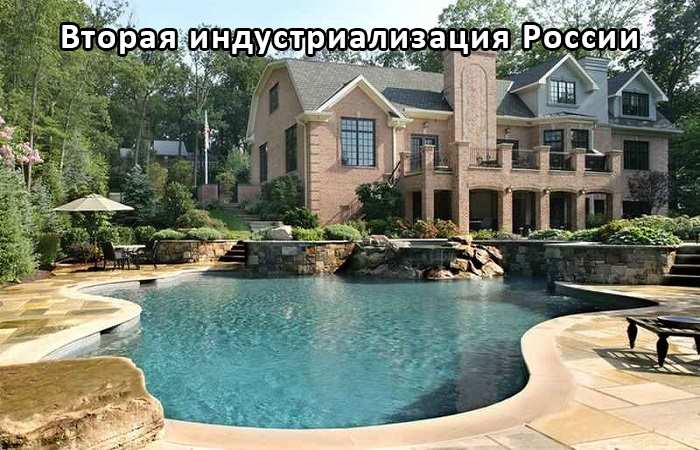Sitall – ceramic material

Sitall – ceramic material.
Sitall – ceramic material obtained by bulk crystallization of glass and composed of one or more crystalline phases uniformly distributed in a glassy phase.
Ceramics with special properties
Description:
Sitall – ceramic material obtained by bulk crystallization of glass and composed of one or more crystalline phases uniformly distributed in a glassy phase. The amount of crystalline phases in sitarah can be 20-95% (by volume) and depends on the crystallization conditions. The size of the crystals usually do not exceed 1 – 2 µm.
Changing the composition, the type of seed (catalyst) and the regime of heat treatment, get a glass ceramics with different crystal phases and the desired properties. Thus, the properties of ceramics are determined not so much by chemical composition, but the structure of the crystalline phases. The phase composition of the crystals. It may be spinel, rutile, quartz, cristobalite, cordierite, perovskite, etc.
The structure of glass ceramics are intermediate between normal glasses and ceramics.
From traditional glass ceramics differ in the crystalline structure – like ceramics, but with smaller crystals and more dense packing of crystals, thereby completely eliminating the porosity of the material.
The composition of the ceramics usually includes SiO2 and Al2O3, which led to the name of this material. In addition, the composition of the ceramics consists of catalysts (priming) of crystallization, which are used for its production: the microparticles of gold, silver, platinum, copper (hundredths of a percent), etc., and (or) oxides of titanium, zirconium, zinc, chromium, vanadium, lithium, magnesium, sodium, calcium etc.
Properties and benefits:
– low density. It ranges from 3.2 to 3.4 grams per cm3,
– lighter aluminum,
– absolute value of light refraction from 1.65 to 1.7,
– high wear resistance,
– high chemical and thermal stability,
– high hardness – 8 units on the Mohs scale (the hardness of diamond is 10 on the Mohs scale),
– minimum melting temperature is 1000 0C,
– high strength. Tensile strength – 250 MPa,
– high impermeability to various gases and moisture.
Ceramics with special properties:
– possessing own magnetic field
– perfectlytransparent,
– unsurpassed brilliance and purity,
– semiconductors,
– radio-transparent dielectric (transmits radio waves).
Application:
– jewelry
– building space rockets, shuttles, road and air transport,
– manufacture of electronics, glass pipes and panels,
– manufacturer of optics, including astronomical purposes,
– laser and space technology,
– sealing vacuum devices,
– solar panels
– production of mining machinery,
– textile, chemical and drilling industry
– microelectronics,
– the manufacture of prosthetic teeth and bones
– the production of glass enamels that protect various materials from exposure to harmful factors in the external environment.
Note: © Photo



